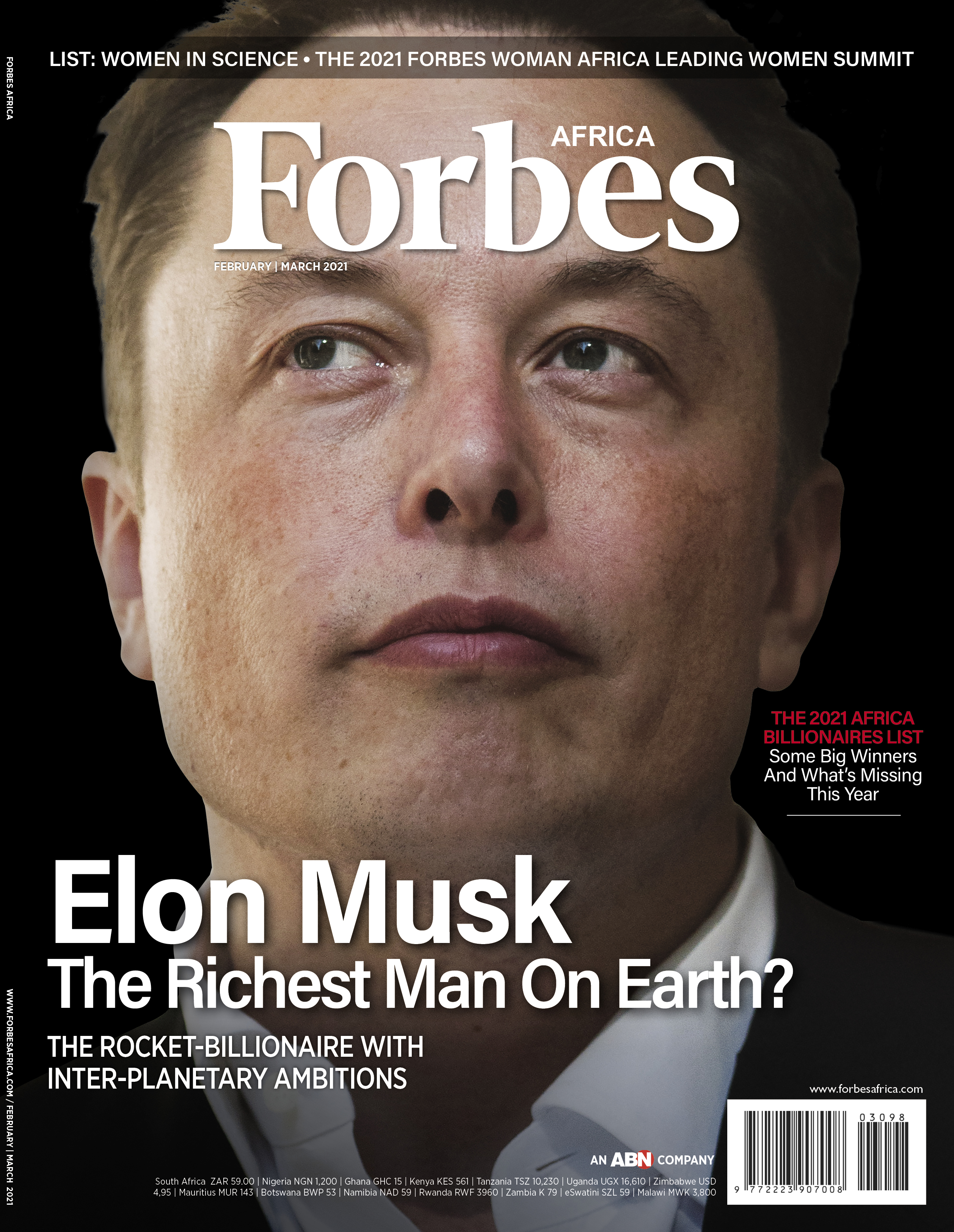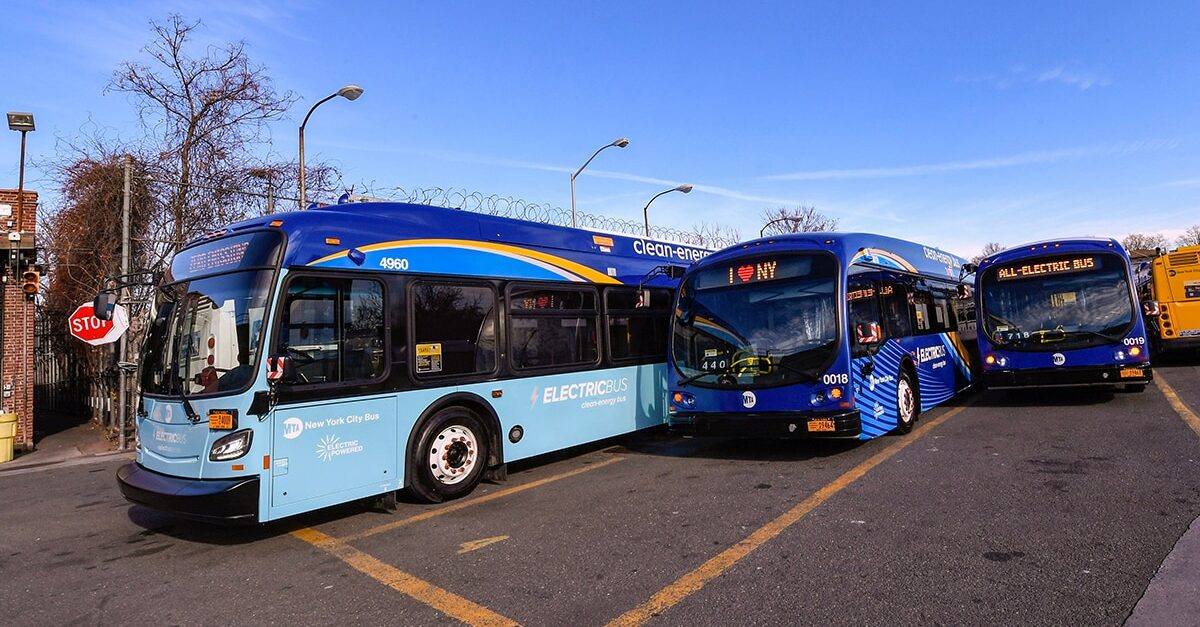Beyond Full Self-Driving: The Smarter, Faster Path to Safer Transit
Introduction
The race to Full Self-Driving (FSD) has become one of the most ambitious and elusive frontiers in AI and mobility. But what if the smartest way forward isn’t to leap into full autonomy—but to augment human drivers in structured systems like buses, trains, and last-mile EVs? Advanced Assisted Driving (AAD), when strategically deployed across electric public transport networks and integrated with unified ticketing, may not only be easier to achieve technically and politically—it could actually move cities toward smarter, safer, and more accessible transportation much faster than waiting for Level 5 autonomy.
The Problem with Full Self Driving (FSD)
FSD aims to eliminate the human from the driving loop entirely. While this is appealing in theory, it faces:
-
Edge-case complexity (weather, pedestrians, unpredictable road behaviors)
-
Regulatory uncertainty
-
Massive data and compute demands
-
Public trust and liability concerns
Most critically, FSD attempts to solve all problems at once—urban, rural, chaotic, structured. This universalism becomes its bottleneck.
AAD: A Smarter Interim Step
Advanced Assisted Driving doesn’t seek to replace the driver—it empowers them. In structured environments like electric buses and trains (which operate on predefined routes), or even electric last-mile cars (in low-speed urban zones), AAD can provide:
-
Collision avoidance
-
Lane discipline
-
Speed and braking automation
-
Fatigue monitoring and alertness support
-
Route guidance and schedule optimization
This “pilot + autopilot” model significantly boosts safety and efficiency—without needing to crack the hardest problems of FSD.
Why Public Transport Is the Ideal Sandbox
Unlike private vehicles, electric buses and trains operate in constrained and predictable environments:
-
Defined stops, lanes, and schedules
-
Centralized control and fleet management
-
Professional drivers trained to collaborate with assistive tech
Integrating AAD here is not only easier to test and scale, it sets a public-sector precedent for AI adoption that benefits society at large.
Electric Last-Mile Cars: The Missing Link
In dense cities, the last mile is often the slowest, least organized leg of a journey. Deploying electric last-mile vehicles (mini shuttles, pods, tuk-tuk-like EVs) with AAD makes urban mobility safer, smoother, and greener.
These vehicles can be:
-
Geo-fenced
-
Low-speed (under 30 km/h)
-
Easily routed via apps
Such constraints reduce the need for complex AI decision-making while still offering immense benefits in traffic management and user convenience.
The Power of One Unified Ticket
The final transformative piece is ticket integration. Imagine going from Point A to B using:
-
A metro or train for your main leg
-
An electric bus to get to your stop
-
A last-mile EV car to your doorstep
All with one app, one ticket, one price.
By linking physical mobility with digital unification, the system becomes:
-
Easier to use
-
Easier to plan
-
Easier to fund
-
Easier to optimize using data
This creates “intelligent intermodality”: where the system, not just the vehicle, is smart.
Why This Is a Better Near-Term Bet
Compared to FSD, this model:
-
Requires less radical regulatory change
-
Delivers real safety benefits now
-
Enables public-private collaboration
-
Creates sustainable urban mobility with net-zero goals
-
Builds public trust in AI transportation systems gradually
In short: AAD for structured electric transport is not just more achievable—it’s more impactful.
Conclusion
The dream of Full Self Driving may still take another decade—or more. But Advanced Assisted Driving for electric public and last-mile vehicles, linked by unified ticketing, is a future we can build today. It’s not only technologically practical but also aligned with urban planning, public safety, climate goals, and the immediate needs of millions.
Rather than chasing a moonshot, this is a skybridge—connecting where we are with where we need to go.
🚍🧠 Why Advanced Assisted Driving (AAD) might beat Full Self-Driving (FSD) to the future of urban mobility. A thread 🧵
— Paramendra Kumar Bhagat (@paramendra) June 8, 2025
— Paramendra Kumar Bhagat (@paramendra) June 8, 2025








